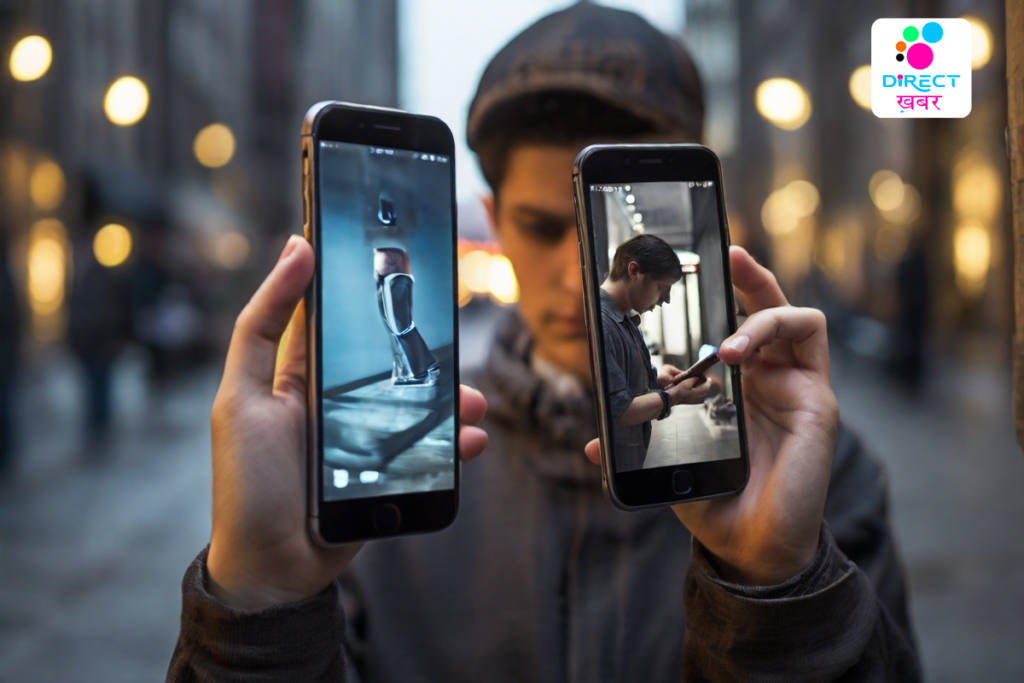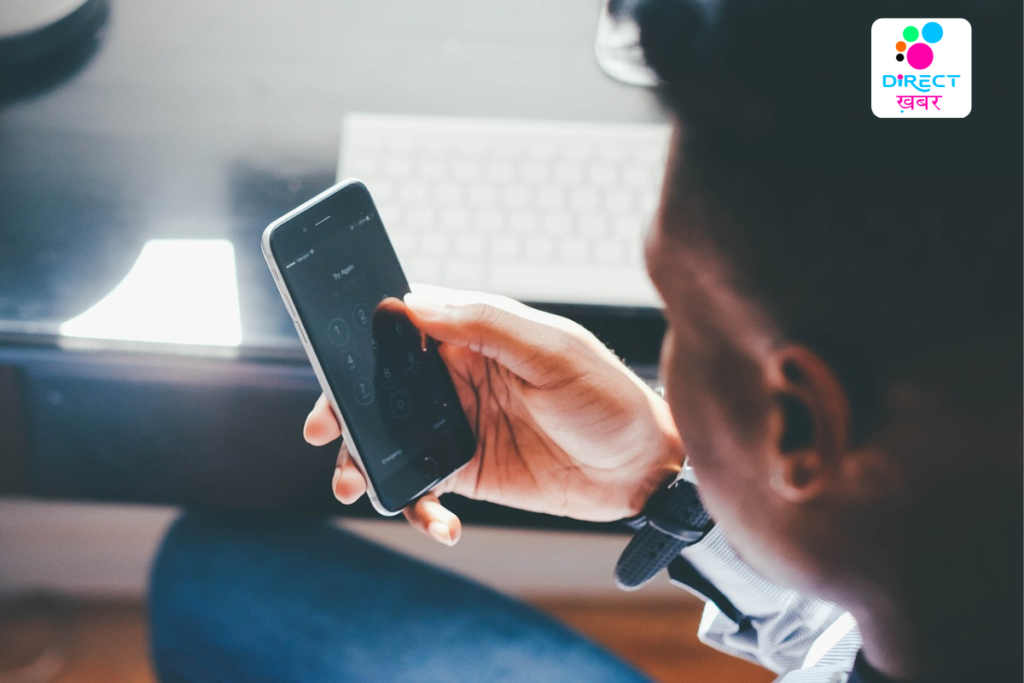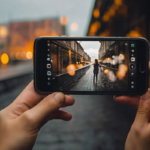Balancing Connectivity: Recognizing Smartphone Addiction
In today’s interconnected world, smartphones have become indispensable tools for communication, productivity, and entertainment. However, excessive smartphone use can lead to addiction, negatively impacting mental health, relationships, and overall well-being. This article explores the signs of smartphone addiction and offers practical strategies for finding balance in an increasingly digital world.
Understanding Smartphone Addiction:
Smartphone addiction, also known as problematic smartphone use or nomophobia (fear of being without a mobile phone), is characterized by excessive and compulsive smartphone use, leading to negative consequences. Signs of smartphone addiction include constantly checking the device, feeling anxious when separated from it, neglecting responsibilities or relationships, and experiencing physical symptoms like headaches or eye strain.

Factors contributing to smartphone addiction include the addictive nature of technology, social pressures, and underlying mental health issues such as anxiety or depression. Additionally, the design of smartphone apps and notifications encourages constant engagement, making it challenging to disconnect.
Recognizing the Signs:
It’s essential to recognize the signs of smartphone addiction to address the problem effectively. Common signs include:
Excessive screen time: Spending hours scrolling through social media, playing games, or watching videos without breaks.
Difficulty focusing: Finding it hard to concentrate on tasks or conversations due to the distraction of the smartphone.
Neglecting responsibilities: Prioritizing smartphone use over work, school, or personal obligations.
Social withdrawal: Preferring online interactions over face-to-face communication and experiencing anxiety in social situations without the phone.
Physical symptoms: Experiencing headaches, eye strain, or insomnia due to excessive screen time.
Finding Balance:
Achieving a healthy balance with mobile phone use involves implementing practical strategies and establishing boundaries. Here are some tips:
Set limits: Determine specific times for mobile phone use and stick to them. Use apps or built-in features to set screen time limits and schedule device-free periods, especially before bedtime.
Prioritize activities: Allocate time for essential tasks, hobbies, and social interactions without the smartphone’s distraction. Engage in activities that promote physical exercise, mindfulness, or creativity.
Practice mindfulness: Be aware of how you use your mobile phone and its impact on your mood and behavior. Take regular breaks, practice deep breathing, or mindfulness meditation to stay present and reduce screen time.
Establish tech-free zones: Designate certain areas in your home, such as the dining room or bedroom, where mobile phones are not allowed. This encourages face-to-face interaction and improves sleep quality.
Seek support: Reach out to friends, family, or mental health professionals for support and accountability in reducing mobile phone use. Join support groups or online communities focused on digital detox and healthy technology habits.

Set boundaries: Communicate your boundaries with friends, family, and colleagues regarding mobile phone use during social gatherings or work meetings. Encourage meaningful conversations and connections without constant digital interruptions.
Find alternative activities: Discover new hobbies or interests that don’t involve mobile phones, such as reading, outdoor activities, or volunteering. Engage in activities that promote personal growth and fulfillment.
Reflect and adjust: Regularly evaluate your mobile phone use habits and make necessary adjustments to maintain balance. Be mindful of triggers that lead to excessive use and develop coping strategies to address them effectively.
Recognizing the signs of mobile phone addiction and implementing strategies for balance is crucial for maintaining mental and emotional well-being in today’s digital age. By setting limits, prioritizing activities, practicing mindfulness, and seeking support, individuals can reclaim control over their mobile phone use and lead healthier, more fulfilling lives. Finding balance is a continuous journey that requires self-awareness, discipline, and a commitment to prioritizing real-life connections over digital distractions.
Seeking support from friends, family, or mental health professionals can provide valuable guidance and accountability on our journey towards balance. Sharing our struggles and triumphs with others who understand can offer comfort and motivation to stay on track.






